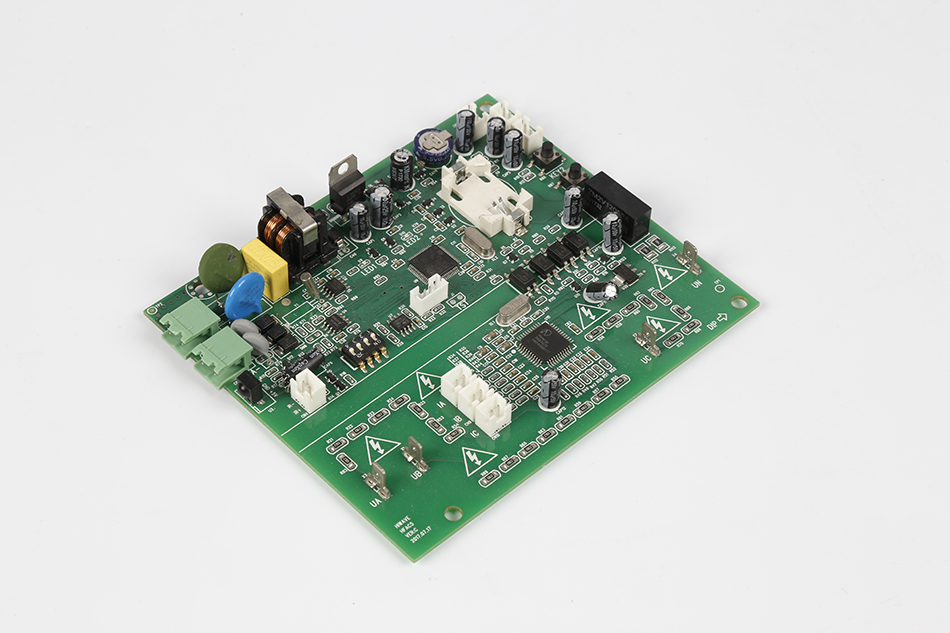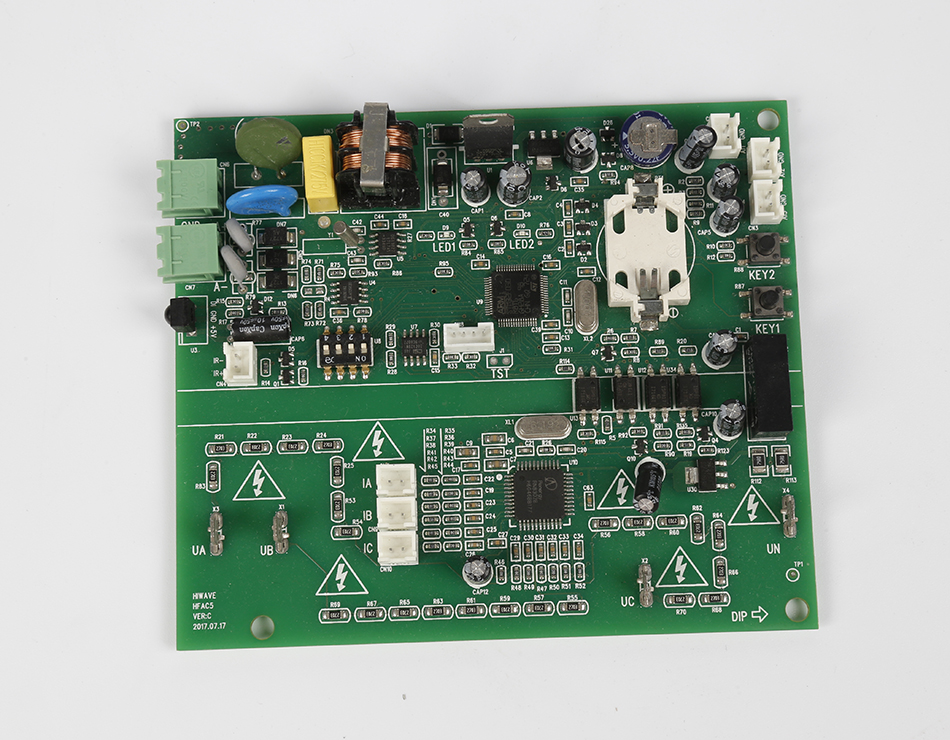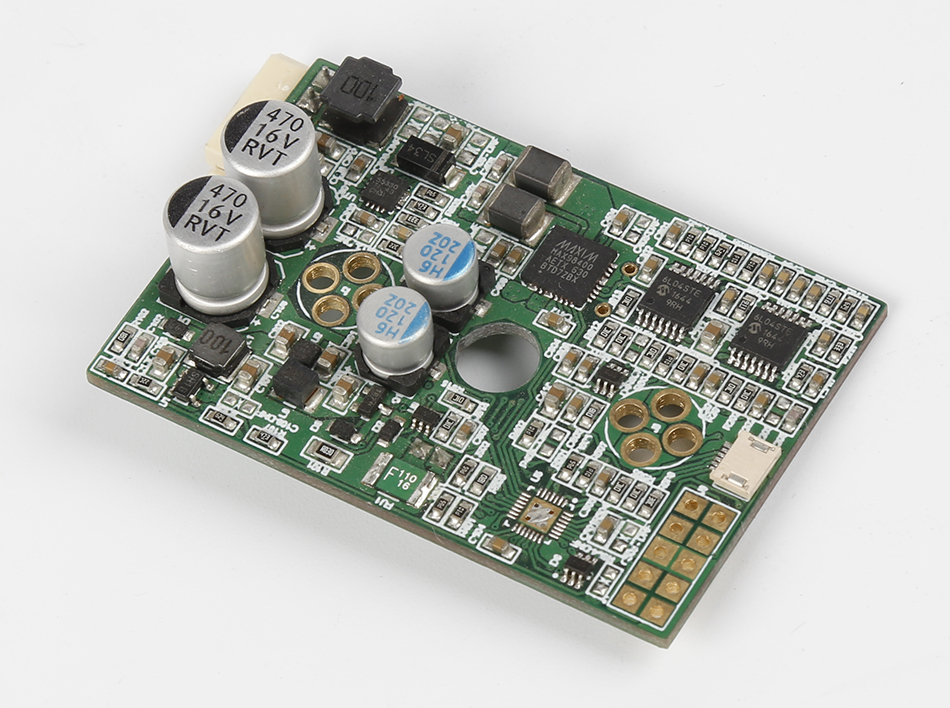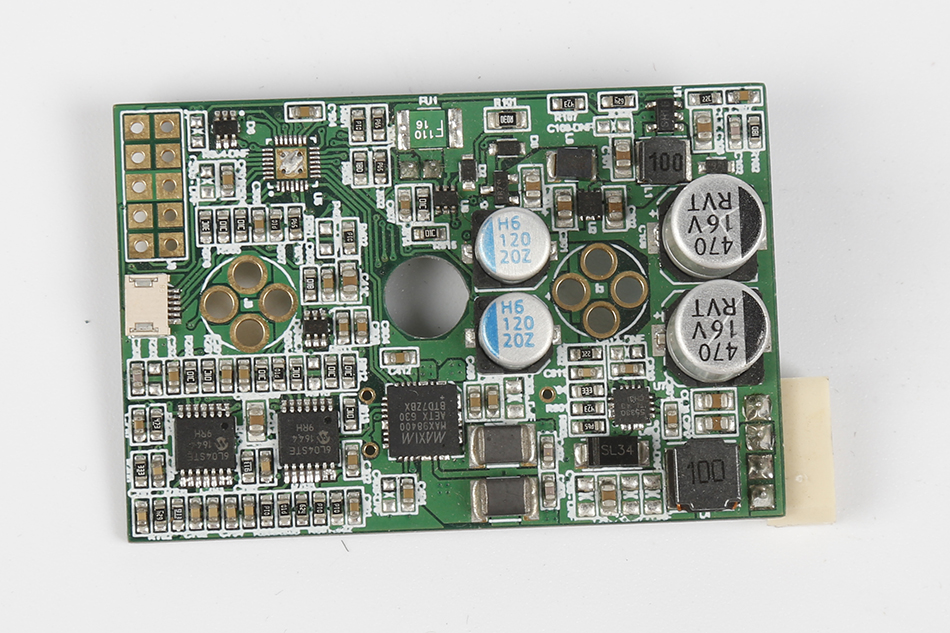-
- PCB TYPE
- PRINTED CIRCUIT BOARD PROTOTYPE ALUMINUM PRINTED CIRCUIT BOARD R&F PCB FPC HIGH FREQUENCY PCB HIGH-TG PCB HEAVY COPPER PCB HDI PCB PCB FOR LIGHTING METAL CORE PCB
time:Oct 22. 2025, 19:17:42
Understanding Ball Grid Array (BGA) assembly techniques is crucial for anyone involved in electronics manufacturing or repair. As technology advances, the need for smaller, more efficient electronic components grows, making BGA a popular choice. In this article, we'll explore BGA assembly, rework, and soldering processes, along with their benefits, to help you understand why BGA has become a cornerstone in modern electronics manufacturing.
Ball Grid Array (BGA) is a type of surface-mount packaging used to permanently mount devices such as microprocessors. Unlike traditional packages that use pins, BGA packages use a grid of solder balls that connect the chip to a printed circuit board (PCB). This grid allows for a higher density of connections, which is essential for modern electronics that require more connections in a smaller space.
Higher Density: The compact design allows for more connections in a smaller area, making BGAs ideal for small devices.
Improved Performance: The shorter distance between the chip and the PCB reduces electrical resistance and inductance, leading to better performance.
Heat Dissipation: BGA packages provide better heat dissipation compared to traditional packages, which enhances reliability and longevity.

Soldering is a critical step in BGA assembly. The process involves the precise melting of solder balls to form a reliable connection between the BGA package and the PCB. Here's a simplified step-by-step guide to understand the process:
Before soldering, it's vital to prepare both the PCB and the BGA package. The PCB should be clean, and the solder pads should be free of any contaminants that might affect the soldering process.
Proper alignment of the BGA package over the PCB is crucial. Misalignment can lead to poor connections, resulting in device failure. Advanced equipment is often used to ensure precise placement.
Reflow soldering involves heating the assembly to a temperature that melts the solder balls, creating a bond between the package and the PCB. This is typically done in a reflow oven, where the temperature is carefully controlled to ensure uniform heating.
After soldering, the assembly is inspected to ensure all connections are secure. X-ray inspection is commonly used to detect any hidden defects such as voids or misalignments.

Despite the precision of BGA assembly, defects can still occur, necessitating rework. BGA rework involves removing the defective package, cleaning the site, and then re-soldering a new package.
Misalignment: Occurs when the BGA package is not correctly aligned with the PCB.
Solder Joint Issues: Weak or incomplete solder joints can lead to device failure.
Device Failure: Sometimes the BGA device itself may be faulty and needs replacement.
Removal: The defective BGA package is carefully removed using a rework station that heats the solder joints until they melt.
Site Cleaning: Once the package is removed, the PCB site is cleaned to remove old solder and any contaminants.
Re-balling: New solder balls are applied to the BGA package if necessary.
Replacement: The new or repaired BGA package is aligned and soldered onto the PCB, similar to the original assembly process.
Verification: Post-rework inspection ensures the rework was successful and the connections are reliable.

BGA technology offers several advantages that make it a preferred choice in electronics manufacturing:
BGA packages allow for more components to be placed on a PCB, making them ideal for compact electronic devices like smartphones and tablets.
The design of BGA packages reduces electrical resistance and inductance, which improves the overall performance of the electronic device.
With better heat dissipation and stronger connections, BGA packages tend to be more reliable than other types of packaging.
While the initial setup for BGA assembly can be costly, the efficiency and reliability of BGAs can lead to cost savings in the long run due to fewer defects and reworks.

Understanding BGA assembly techniques and their benefits is essential for anyone involved in electronics design or manufacturing. The BGA's ability to provide high-density connections, improved performance, and reliability makes it an invaluable component in modern electronics. Whether you're dealing with BGA rework or soldering, mastering these techniques can lead to significant improvements in your electronic projects.
As technology continues to evolve, the importance of BGA assembly will only grow. By staying informed about the latest advancements and techniques, you'll be well-prepared to leverage the full potential of BGA in your future projects.

Got project ready to assembly? Contact us: info@apollopcb.com



We're not around but we still want to hear from you! Leave us a note:

Leave Message to APOLLOPCB
